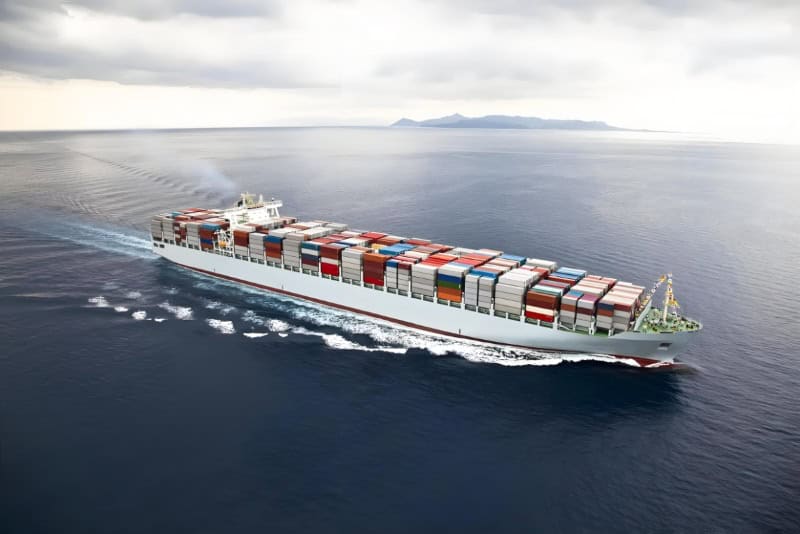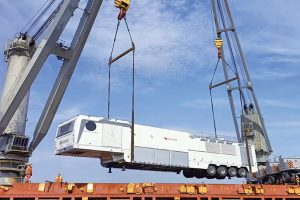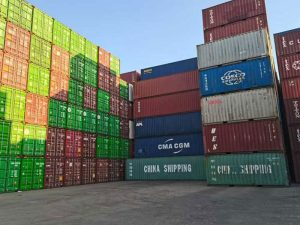In maritime shipping, two key terms are the Master Bill of Lading (MBL) and the House Bill of Lading (HBL). Both are essential for transporting goods, but they differ in nature, purpose, and usage. This article aims to provide a comprehensive understanding of MBL and HBL, their roles, and the key distinctions between them.

Master Bill of Lading (MBL)
MBL, also known as the Shipper’s Original Bill of Lading or Ocean Bill of Lading, is a document issued by the maritime shipping line or vessel owner (carrier). It serves as the primary contract of carriage between the shipper and the carrier, outlining the terms and conditions of the shipment. The shipper relies on MBL as it represents the ownership of the goods being transported.
Key Features of MBL:
- Issuance: MBL is issued directly by the shipping company or its authorized agent.
- Ownership Representation: It serves as a title document, representing the ownership of the goods.
- Transferability: MBL can be freely transferred through endorsement or negotiation, making it a negotiable instrument.
- Usage: MBL is typically used for full container load (FCL) shipments, where a single shipper owns the entire container.
- Direct Delivery: At the destination port, the consignee can present the MBL directly to the carrier to claim the goods.
House Bill of Lading (HBL)
In contrast, HBL is a document issued by a freight forwarder or non-vessel operating common carrier (NVOCC). It serves as a receipt for the goods and a contract of carriage between the shipper and the freight forwarder. HBL is often used in situations where multiple shippers’ goods are consolidated into a single container for shipment (less than container load, LCL).
Key Features of HBL:
- Issuance: HBL is issued by a freight forwarder, not the shipping line.
- Intermediate Role: It acts as an intermediary document between the shipper and the carrier, as the freight forwarder consolidates shipments.
- Non-Negotiable: Unlike MBL, HBL is generally not negotiable, meaning it cannot be freely transferred without the involvement of the freight forwarder.
- Usage: Freight forwarders commonly issue HBL for LCL shipments, and they can also issue it for FCL shipments when the shipper prefers to work with them.
- Indirect Delivery: At the destination, the consignee typically needs to first obtain the MBL from the freight forwarder before presenting it to the carrier for delivery.
Key Differences
- Issuance: The shipping line issues MBL, while a freight forwarder issues HBL.
- Ownership Representation: MBL directly represents the ownership of the goods, while HBL serves as a receipt and contract between the shipper and freight forwarder.
- Transferability: MBL is negotiable, while HBL is generally non-negotiable.
- Usage: MBL is primarily used for FCL shipments, while HBL is commonly used for LCL shipments and can also be issued for FCL shipments.
- Delivery Process: With MBL, the consignee can directly claim the goods from the carrier. With HBL, the consignee first needs to obtain the MBL from the freight forwarder.
Conclusion
Understanding the differences between MBL and HBL is crucial for shippers, consignees, and freight forwarders involved in maritime shipping. Each document serves a distinct purpose and has its own set of advantages and limitations. Choosing the right bill of lading ensures smooth and efficient goods transportation. MBL is ideal for direct ownership and negotiability, while HBL suits consolidated shipments and flexibility. The best option depends on the specific needs of each shipment.
Honza International Logistics was founded in 2013 and has extensive experience in international transportation. We have transported tens of thousands of people to destinations including Australia, New Zealand, the U.S., the U.K., Germany, Saudi Arabia, Qatar, and Southeast Asia. Find transportation, rely on Honza International Logistics, and have a dedicated person to serve you one-on-one.



